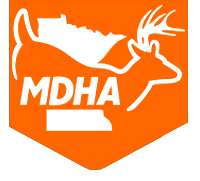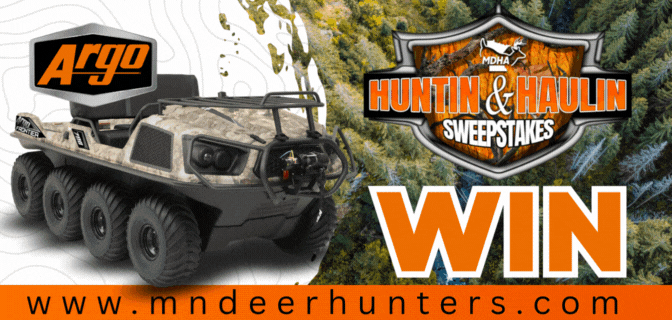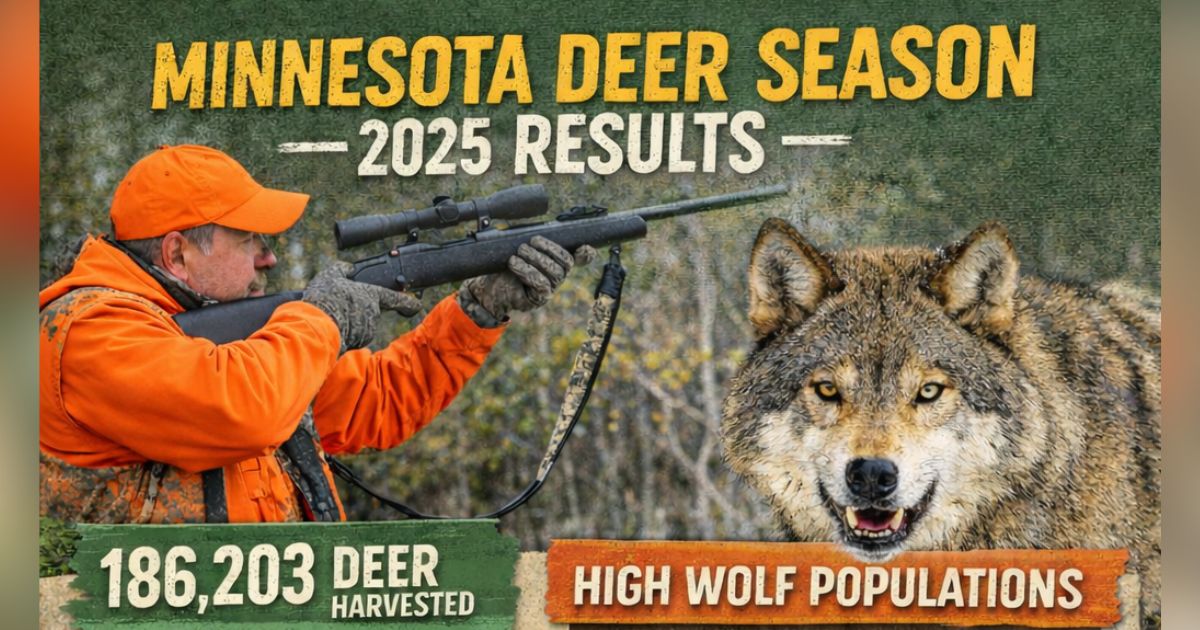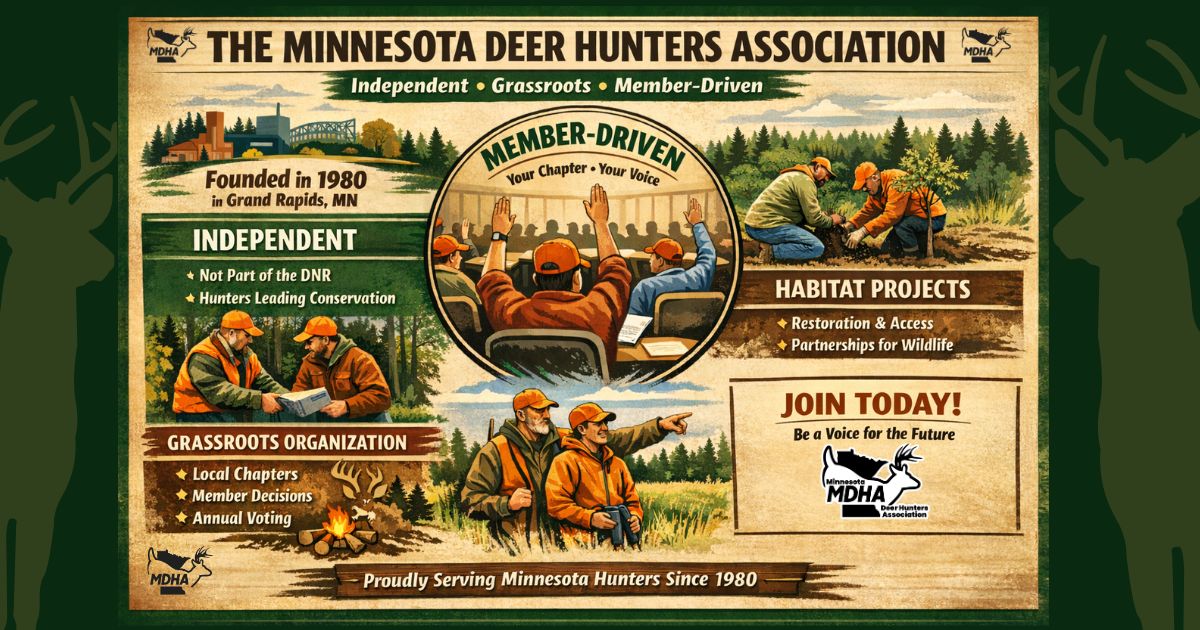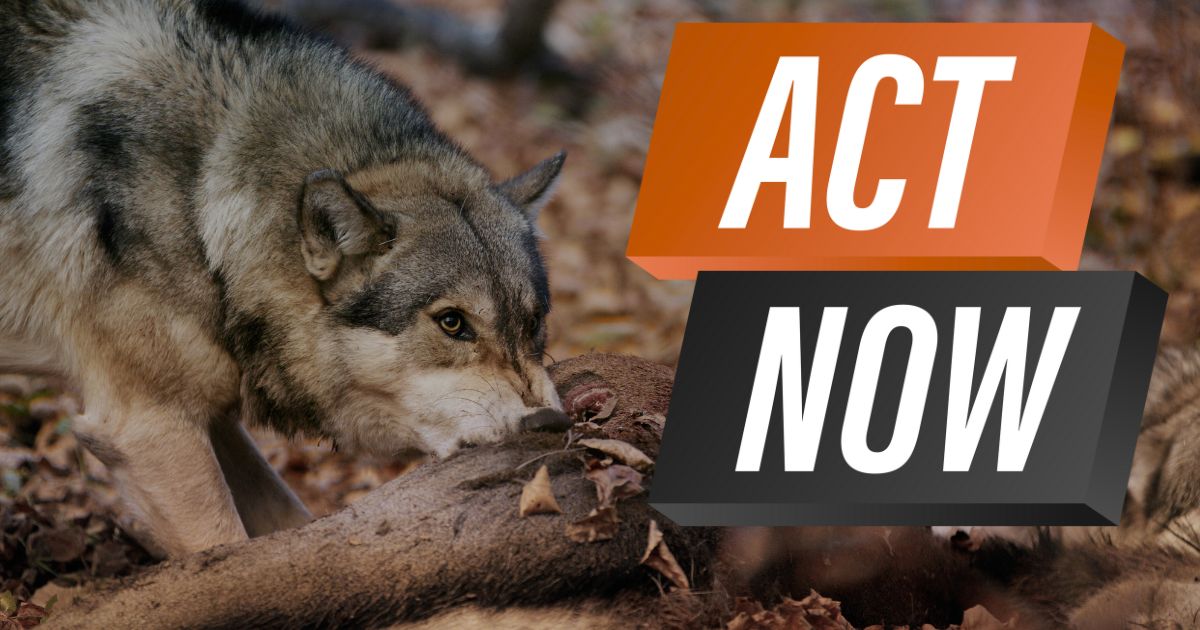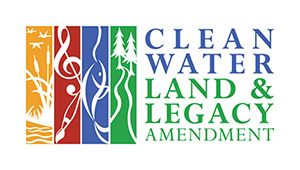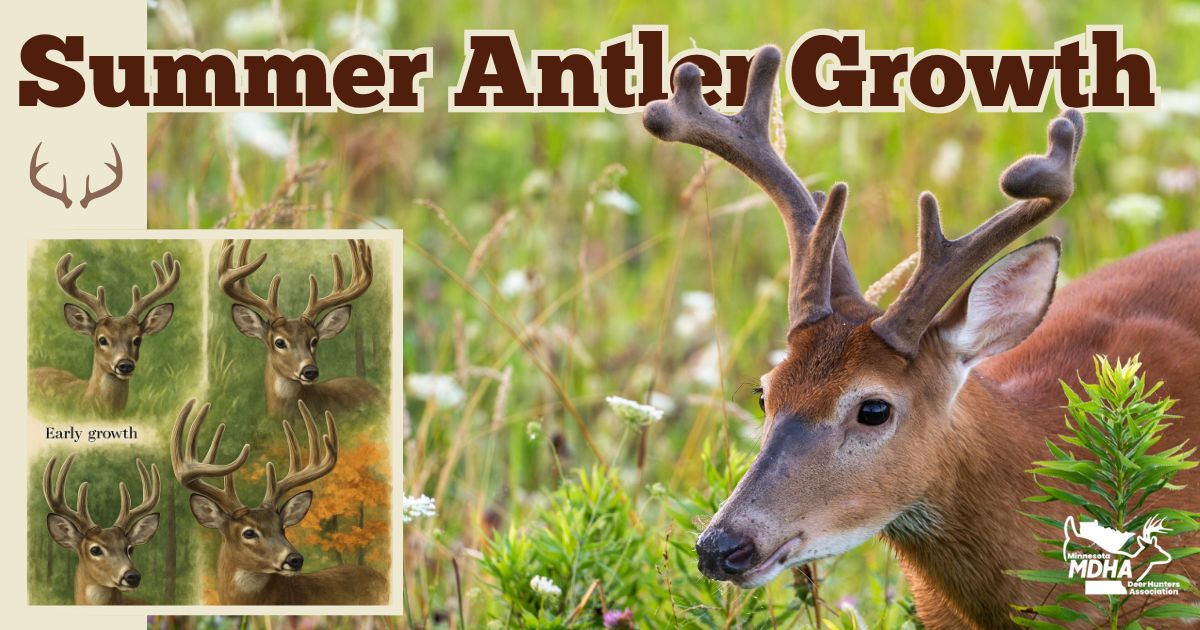
Every summer, a quiet but impressive transformation is underway in the Minnesota woods. Bucks are busy growing antlers, and while it may seem like just another part of deer biology, there’s actually a lot going on behind the scenes. Whether you're a seasoned hunter, land manager, or just curious about whitetail behavior, understanding summer antler growth gives you valuable insight into deer health—and how you can help improve it.
How Do Antlers Grow?
Whitetail bucks begin growing new antlers in late spring, usually around late May to early June. Antlers develop from pedicles on the skull and are initially soft and full of blood vessels, covered in a fuzzy layer known as velvet. This velvet supplies nutrients—especially calcium, phosphorus, and protein—that are essential for fast, healthy growth.
By July and early August, antler growth is in full swing. Under the right conditions, a buck can grow up to ½ inch of antler per day. That makes antlers one of the fastest-growing tissues in the animal kingdom.
What Factors Influence Antler Size?
Several key factors determine how large and well-formed a buck’s antlers will be in any given year:
-
Age: Bucks tend to reach peak antler size between 5 and 6 years old.
-
Nutrition: Quality food sources rich in protein and minerals during the spring and summer are crucial.
-
Genetics: Like people, deer inherit traits. Some lineages just grow bigger racks.
-
Health and Stress: Disease, predators, drought, and poor habitat can all limit growth.
If a buck doesn’t have the nutrients or energy needed to grow antlers, his body will prioritize survival over development. That’s why supporting deer health during the summer is so important.
The Role of Minerals: Can You Help Bucks Grow Bigger Antlers?
In areas where it's legal, putting out mineral supplements in spring and summer can support overall deer health—and potentially improve antler growth.
Minerals that are particularly important for antler development include:
-
Calcium and Phosphorus – These are the building blocks of antlers.
-
Salt (Sodium) – Helps deer stay hydrated and supports metabolic functions.
-
Trace Minerals – Like zinc, manganese, and magnesium, which help with immune function and tissue growth.
You can buy commercial mineral mixes at most sporting goods stores or make your own blends. Always follow Minnesota DNR regulations—some parts of the state prohibit feeding or baiting, including mineral sites, due to concerns about disease spread (like CWD).
If it’s legal in your area, the best time to establish a mineral site is in early spring, and keep it refreshed through August. Place the site near deer trails or bedding areas, and avoid disturbing the area too often.
Even if antler size isn’t your top priority, mineral sites can improve herd health, help does produce strong fawns, and keep deer active on your property during the off-season.
What Happens When Velvet Comes Off?
As summer winds down, antler growth slows. Rising testosterone levels in late August and early September signal that it’s time to shed velvet. Bucks rub their antlers on trees and brush to remove the velvet, hardening the bone beneath and getting ready for the fall rut.
This phase also marks a shift in behavior: bachelor groups break up, sparring begins, and territorial instincts start to kick in.
Summer Scouting and the Bigger Picture
For Minnesota hunters, summer is the perfect time to observe deer patterns, monitor herd health, and plan for the fall. Trail cameras are a great way to document antler development and identify which bucks are maturing. Even more importantly, it’s a chance to understand how your land management is influencing the wildlife around you.
Healthy antler growth is a sign of a healthy ecosystem. So whether you’re planting food plots, managing timber, or just keeping an eye on the herd, your efforts make a difference.
Quick Tips for Supporting Antler Growth:
-
Provide year-round food sources, especially protein-rich forage.
-
Create mineral sites only where legal and monitor their use.
-
Avoid habitat disruption during the growing season.
-
Use trail cameras to track deer growth and movement patterns.
Got questions about antler growth, habitat improvement, or legal mineral use in your area? Reach out to your local Minnesota Deer Hunters Association chapter or visit the Minnesota DNR website for current regulations.
